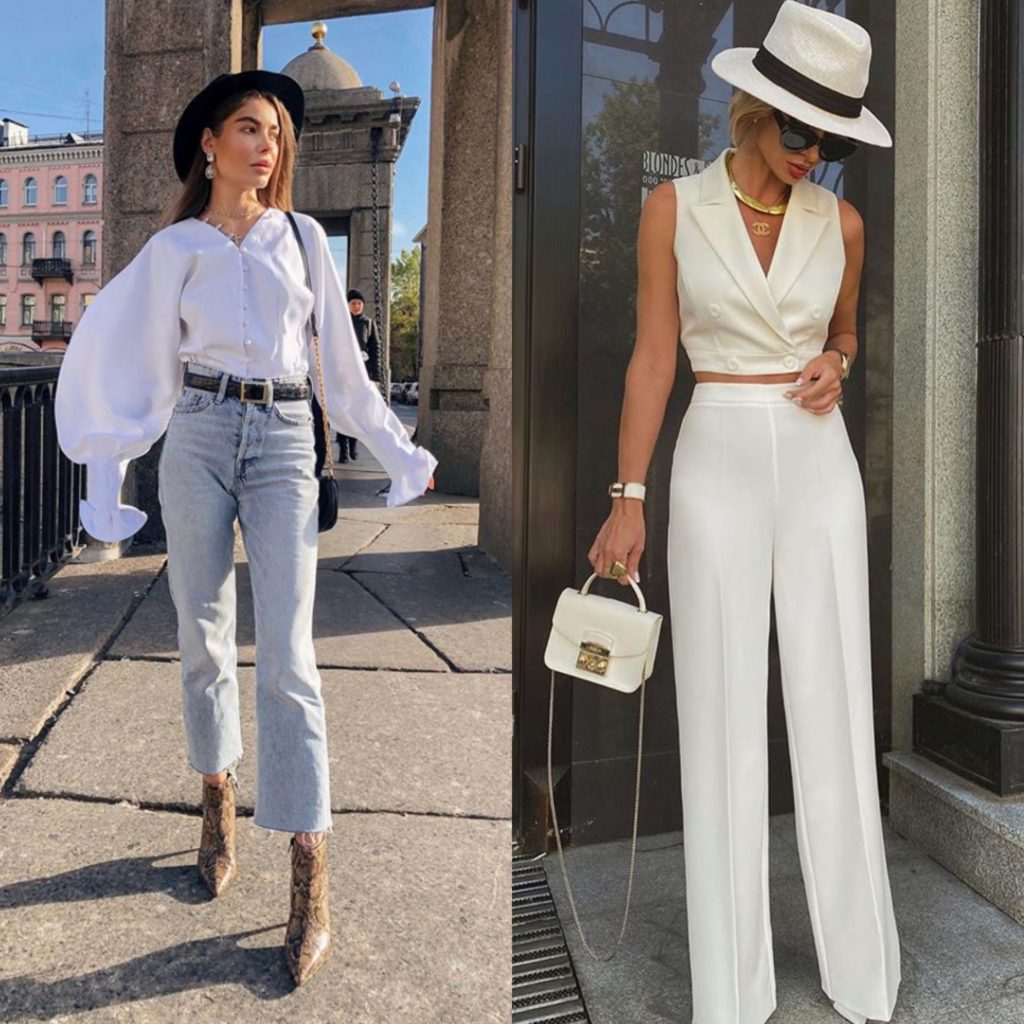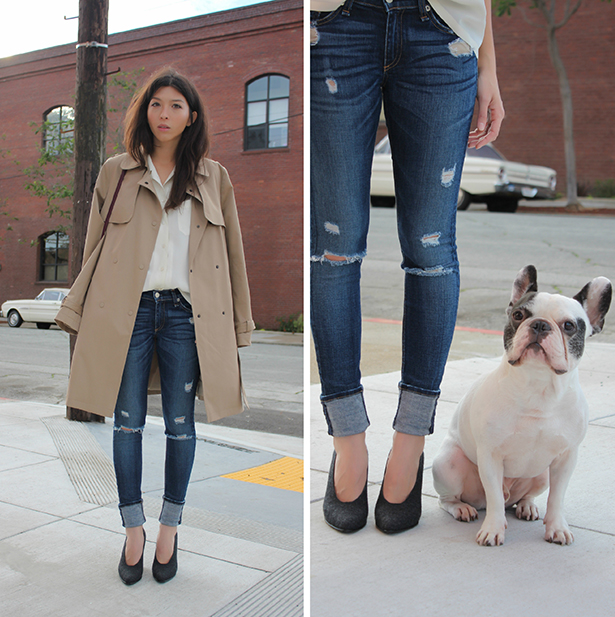Learning a new language can be both challenging and rewarding, especially when you dive into the intricacies of vocabulary. One essential word that often confuses learners is "look" in French. Whether you're a beginner or an intermediate learner, understanding how to convey "look" in French will significantly improve your conversational skills. In this article, we'll explore various aspects of this word, its translations, and how to use it effectively in different contexts.
French is a rich and elegant language, and mastering its vocabulary requires a solid understanding of nuances and context. The word "look" in French can take on different meanings depending on the situation, making it essential to explore its variations thoroughly. This guide will provide you with the knowledge and confidence to use this word correctly.
Through a structured approach, we'll cover everything from basic translations to advanced usage, ensuring you're well-equipped to communicate effectively in French. Let's dive into the world of French vocabulary and unlock the true meaning of "look" in French.
Read also:Ear Piercing Positions A Comprehensive Guide To Stylish And Safe Piercings
Table of Contents
- Introduction to "Look" in French
- Basic Translation of "Look" in French
- Common Phrases Using "Look" in French
- Contextual Usage of "Look" in French
- Idiomatic Expressions with "Look" in French
- Verb Conjugations Related to "Look" in French
- Cultural Insights on Using "Look" in French
- Tips for French Language Learners
- Comparison with English Usage
- Conclusion and Next Steps
Introduction to "Look" in French
When learning French, it's crucial to grasp the nuances of vocabulary that may not have direct translations in English. The word "look" in French is no exception. Depending on the context, this word can be translated into various French equivalents, such as "regarder," "voir," or "regard." Each translation carries its own meaning and usage, making it essential to understand them thoroughly.
French speakers often use different verbs to express the idea of "look," depending on whether they're referring to physical sight, attention, or appearance. By understanding these distinctions, you'll be able to communicate more precisely and effectively in French. This section will provide a foundational understanding of the word "look" in French, setting the stage for more advanced discussions.
Basic Translation of "Look" in French
At its core, the word "look" in French can be translated into three primary verbs: "regarder," "voir," and "regard." Each of these verbs has a distinct meaning and usage:
- Regarder: This verb is used when referring to the act of looking at something intentionally or watching something, such as a movie or a person.
- Voir: This verb is used to describe the act of seeing or perceiving something, often without intention or effort.
- Regard: This noun refers to the act of looking or gazing, often in a more abstract or metaphorical sense.
Understanding the differences between these translations is essential for using the word "look" correctly in French. As you progress in your language learning journey, you'll encounter various contexts where one translation is more appropriate than the others.
Usage Examples of Basic Translations
Here are some examples to illustrate the usage of these basic translations:
- Je regarde la télévision. (I'm watching television.)
- Je vois un oiseau dans le ciel. (I see a bird in the sky.)
- Il a un regard doux. (He has a gentle gaze.)
Common Phrases Using "Look" in French
Beyond individual translations, many common phrases in French incorporate the idea of "look." These phrases are essential for everyday conversations and can help you express yourself more naturally in French. Here are some examples:
Read also:Josie Maran Whipped Argan Oil Body Butter Reviews A Comprehensive Guide
- Regarde-moi ça! (Look at that!)
- Je ne vois pas ce que tu veux dire. (I don't see what you mean.)
- Elle a un beau regard. (She has a beautiful gaze.)
These phrases demonstrate how the concept of "look" is woven into French expressions, adding depth and nuance to your communication. By incorporating these phrases into your vocabulary, you'll sound more fluent and natural when speaking French.
Contextual Expressions with "Look"
Context plays a vital role in determining which phrase to use. For example, when asking someone to pay attention, you might say:
- Regarde bien! (Look closely!)
- Regarde-moi quand je te parle! (Look at me when I'm talking to you!)
These expressions emphasize the importance of context in using "look" in French effectively.
Contextual Usage of "Look" in French
The context in which "look" is used can dramatically alter its meaning in French. For instance, when referring to physical appearance, you might use the phrase:
- Tu as un drôle de look aujourd'hui. (You have a strange look today.)
In this case, "look" refers to someone's style or appearance rather than the act of seeing. Understanding these contextual variations is key to mastering the word "look" in French.
Appearance vs. Action
It's important to distinguish between "look" as a verb (action) and "look" as a noun (appearance). In French, this distinction is often made through word choice:
- Action:Je regarde la rue. (I'm looking at the street.)
- Appearance:Elle a un look moderne. (She has a modern look.)
Idiomatic Expressions with "Look" in French
French is rich in idiomatic expressions, and many of them incorporate the concept of "look." Here are some examples:
- Avoir l'œil. (To have an eye for something.)
- Perdre de vue. (To lose sight of something.)
- Se regarder dans le miroir. (To look at oneself in the mirror.)
These expressions add color and depth to the French language, making it more expressive and engaging. Incorporating idiomatic expressions into your vocabulary will enhance your fluency and make your conversations more dynamic.
Cultural Relevance of Idiomatic Expressions
Idiomatic expressions often reflect cultural values and beliefs. For example, the phrase avoir l'œil suggests a keen sense of observation, which is highly valued in French culture. By understanding these expressions, you'll gain insights into French customs and traditions.
Verb Conjugations Related to "Look" in French
Mastering verb conjugations is essential for using "look" in French correctly. Here are some common conjugations for the verbs "regarder" and "voir":
Conjugation of "Regarder"
| Tense | Singular | Plural |
|---|---|---|
| Present | Je regarde | Nous regardons |
| Past | J'ai regardé | Nous avons regardé |
| Future | Je regarderai | Nous regarderons |
Conjugation of "Voir"
| Tense | Singular | Plural |
|---|---|---|
| Present | Je vois | Nous voyons |
| Past | J'ai vu | Nous avons vu |
| Future | Je verrai | Nous verrons |
These conjugations will help you use the verbs "regarder" and "voir" correctly in different tenses and contexts.
Cultural Insights on Using "Look" in French
Language is deeply intertwined with culture, and understanding cultural nuances can enhance your ability to use "look" in French effectively. For example, in French culture, direct eye contact is often seen as a sign of respect and sincerity. This cultural context can influence how you use phrases related to "look" in conversations.
Cultural Differences in Eye Contact
In some cultures, prolonged eye contact may be considered rude or aggressive, whereas in French culture, it is often seen as a sign of confidence and attentiveness. By understanding these cultural differences, you'll be able to navigate social interactions more effectively in French-speaking environments.
Tips for French Language Learners
Learning a new language requires dedication and practice. Here are some tips to help you master the word "look" in French:
- Practice using "regarder," "voir," and "regard" in different contexts to reinforce their meanings.
- Engage in conversations with native speakers to improve your understanding of idiomatic expressions.
- Read French literature and watch French movies to expose yourself to authentic usage of the word "look."
Resources for Learning
There are many resources available to help you improve your French vocabulary:
- French Today: Offers immersive French lessons and audio resources.
- FluentU: Provides engaging video content to enhance your language skills.
Comparison with English Usage
While English and French share some similarities in vocabulary, there are significant differences in how words are used. For example, the English word "look" can often be translated into multiple French equivalents, depending on the context. Understanding these differences will help you avoid common mistakes and improve your communication skills.
Key Differences in Usage
Here are some key differences between English and French usage of "look":
- In English, "look" can be used as both a verb and a noun, whereas in French, these functions are often handled by separate words.
- French idiomatic expressions often carry deeper cultural significance than their English counterparts.
Conclusion and Next Steps
Mastering the word "look" in French requires a comprehensive understanding of its various translations, contextual usage, and cultural nuances. By exploring the topics covered in this article, you've gained valuable insights into how to use "look" effectively in French conversations. Remember to practice regularly and immerse yourself in the language to reinforce your learning.
Call to Action: Share your thoughts in the comments below and let us know how this article has helped you improve your French vocabulary. Don't forget to explore other articles on our site for more language learning tips and resources.


